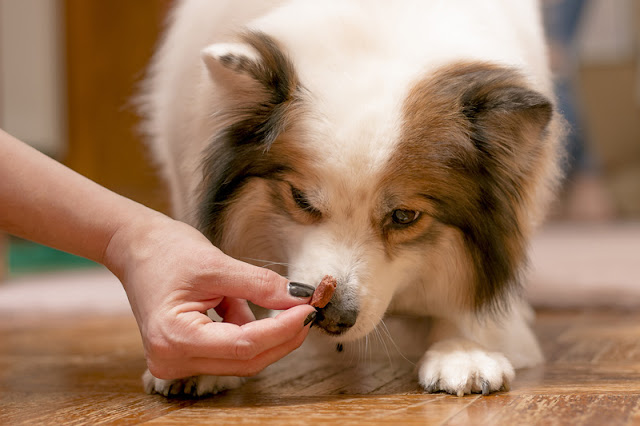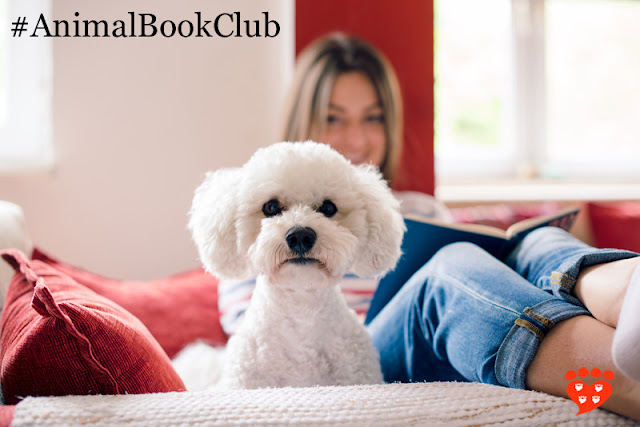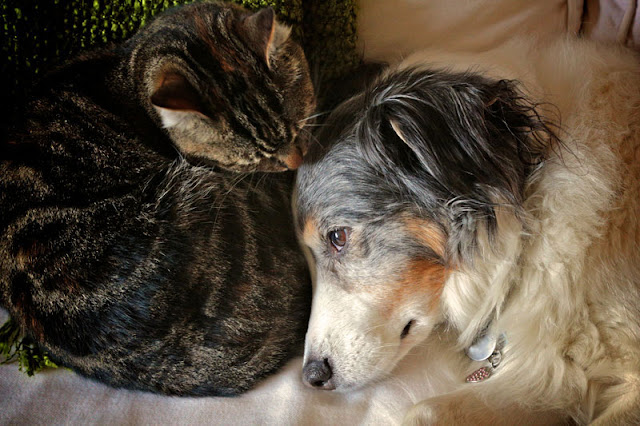Cat and Dog Adopters are Satisfied with their New Pet

A new study shows most people who adopt a dog or cat from a shelter are happy with their choice, and provides information on the most common behaviour problems. A tricolour Kelpie. Photo: K.A. Willis / Shutterstock By Zazie Todd, PhD This page contains affiliate links which means I may earn a commission on qualifying purchases at no cost to you. Wherever you are, there are many dogs and cats in shelters or rescues waiting for new homes. One of the reasons some people give for not wanting to adopt a pet from a shelter is that they are concerned about behaviour problems. A new study by Sophie Scott et al (University of Adelaide) looks at the behaviour problems people report in their newly-adopted dog or cat, and finds out how they feel about their new pet. The results are very positive and show most people are happy with their new dog or cat. Sophie Scott told me in an email, “It's incredibly important we understand the nature of adopter satisfaction after the adoptio...








